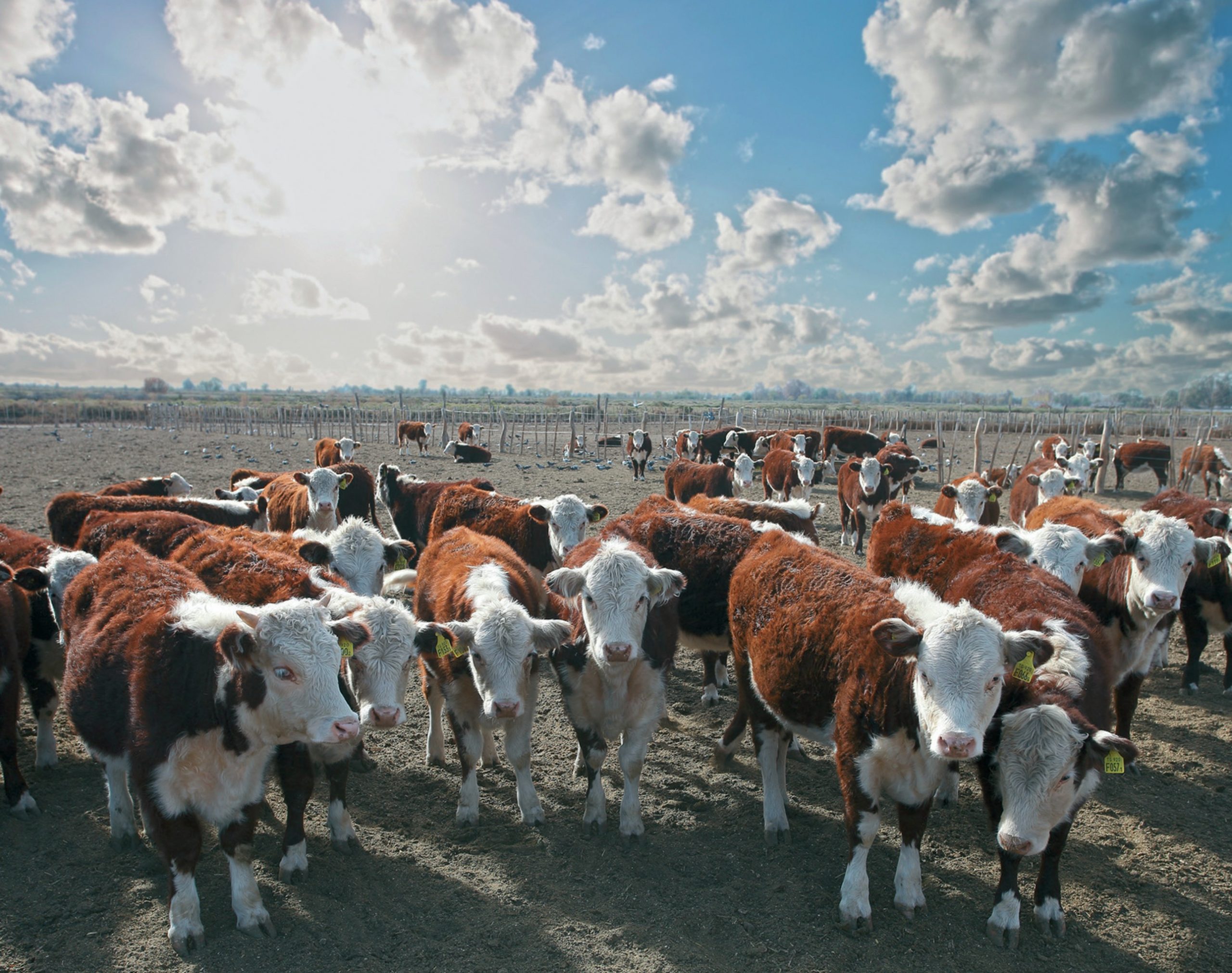
Food resources are scarce in comparison to the world’s population. An estimated 795 million people across the world are undernourished. Our population is continuing to rise and is predicted to reach 9.6 billion by 2050, a figure we will struggle to support with food. The biggest factor causing malnourishment is poverty, but as the population rockets, resources are finite and it is likely to become increasingly more difficult to provide enough food to keep the world’s population healthy.
Water shortage is another threat to the survival of a large population. In the next 10 years, two-thirds of the world’s population will face water shortages. Our ecosystems rely on food and water to function effectively and without them our food chains could grind to a halt. It seems unimaginable that we could run out of a substance which makes up 70% of our planet’s surface, but without the ability to find fresh water or the resources to use it, we cannot take for granted that we will have enough for everyone.
Your organisation does not have access to this article.
Sign up today to give your students the edge they need to achieve their best grades with subject expertise
Subscribe




